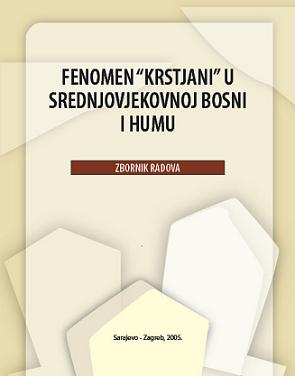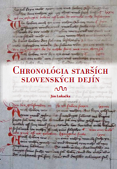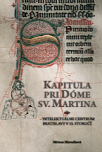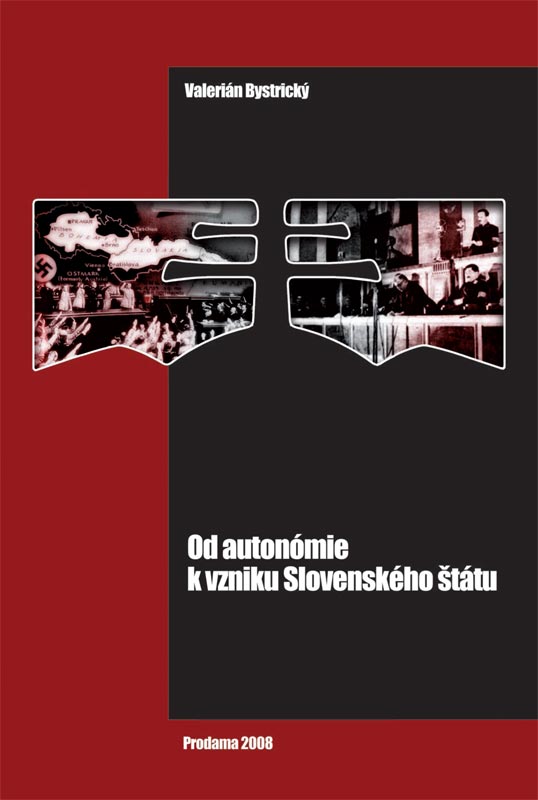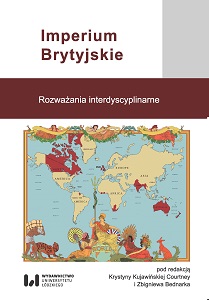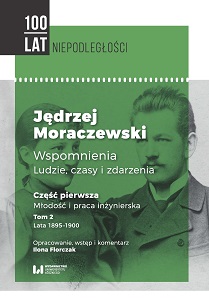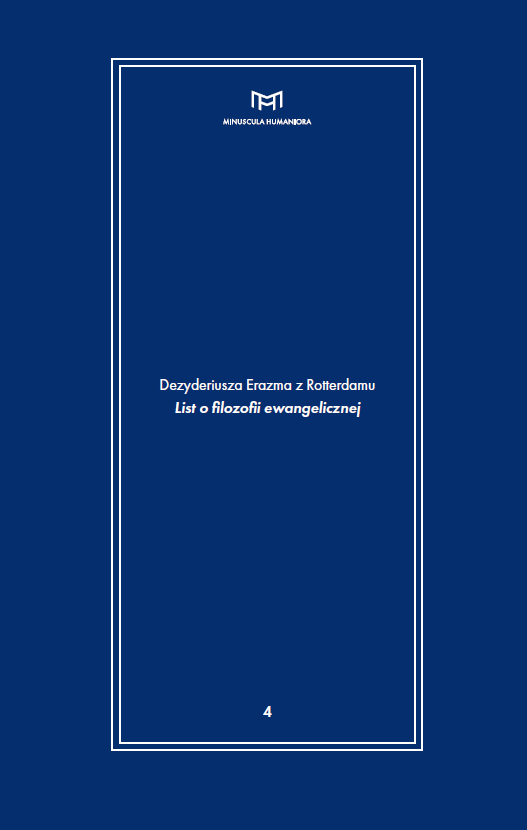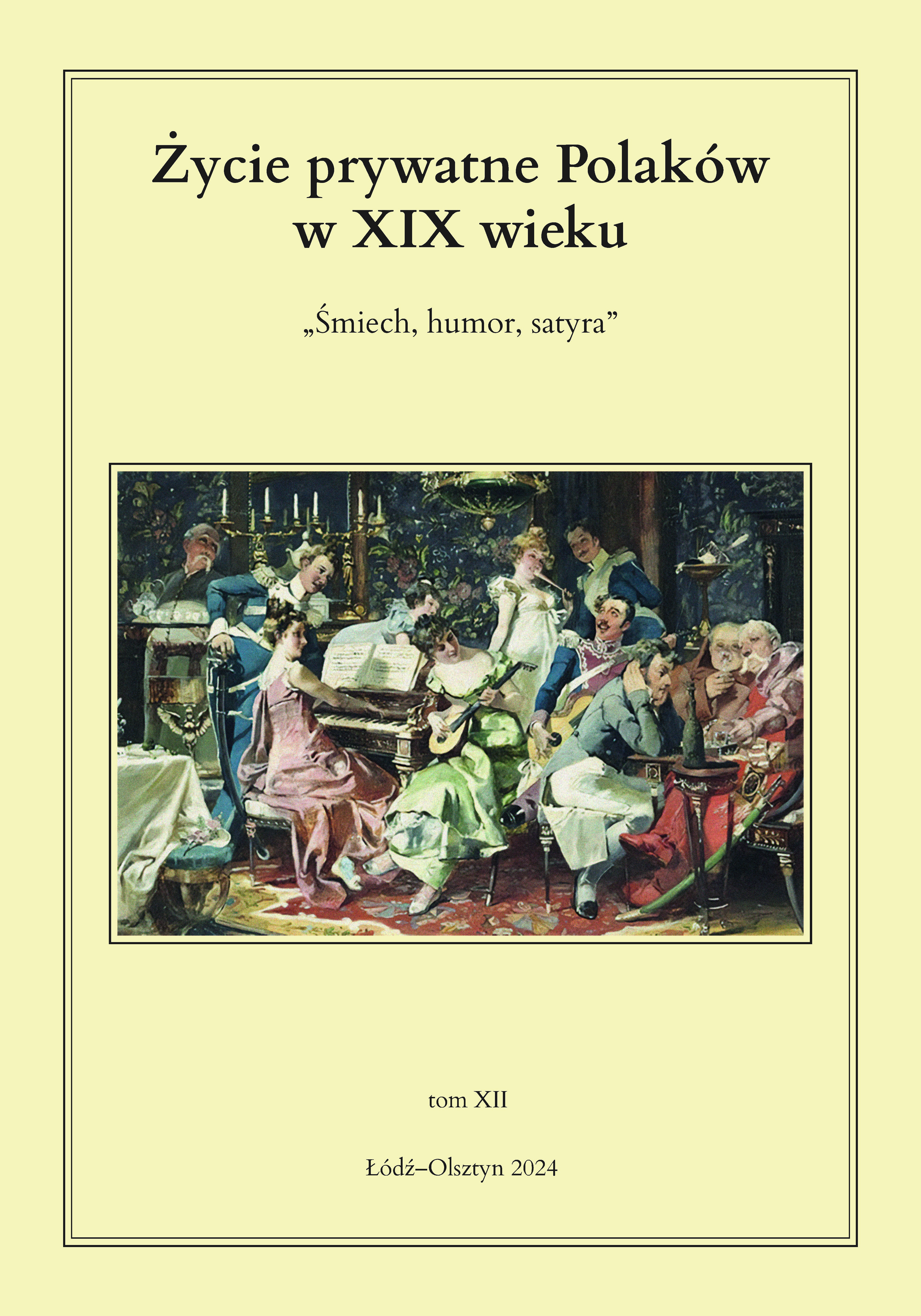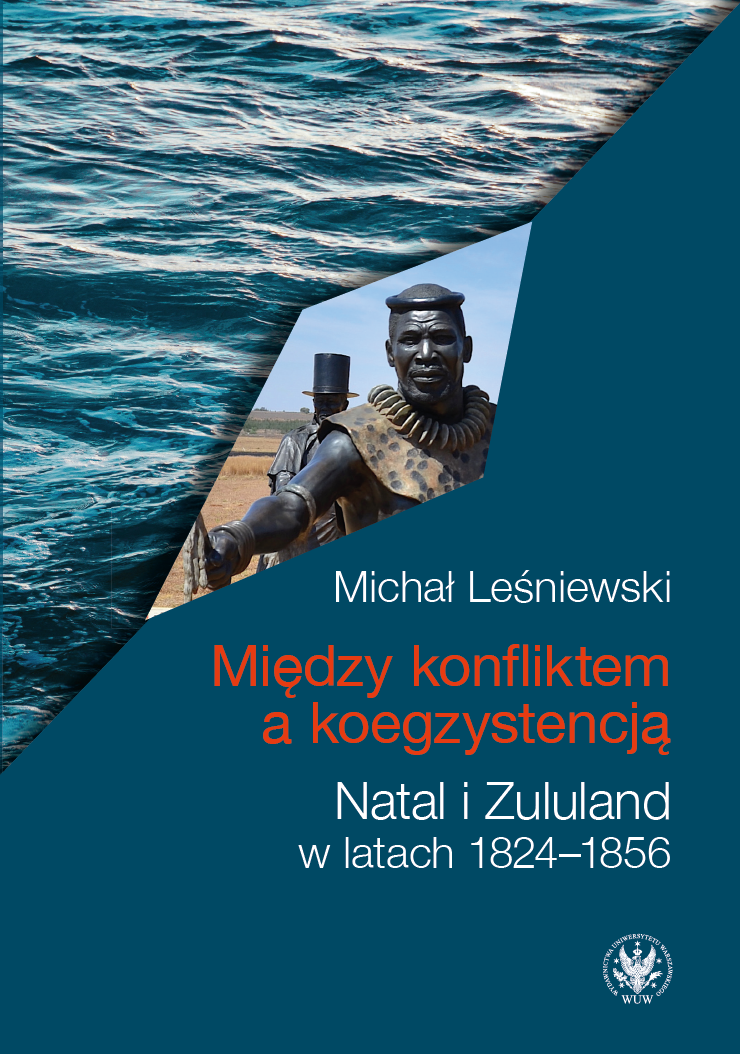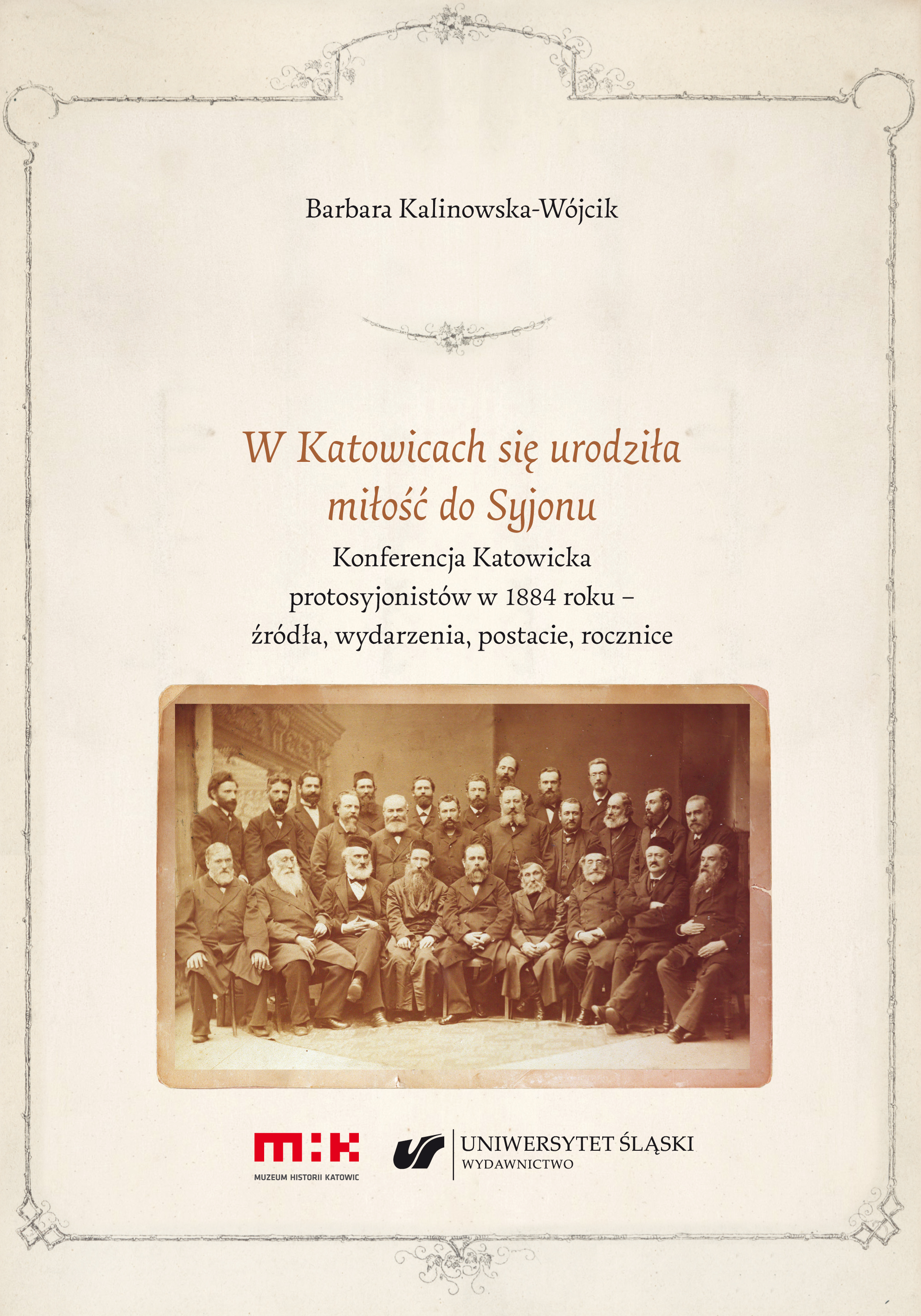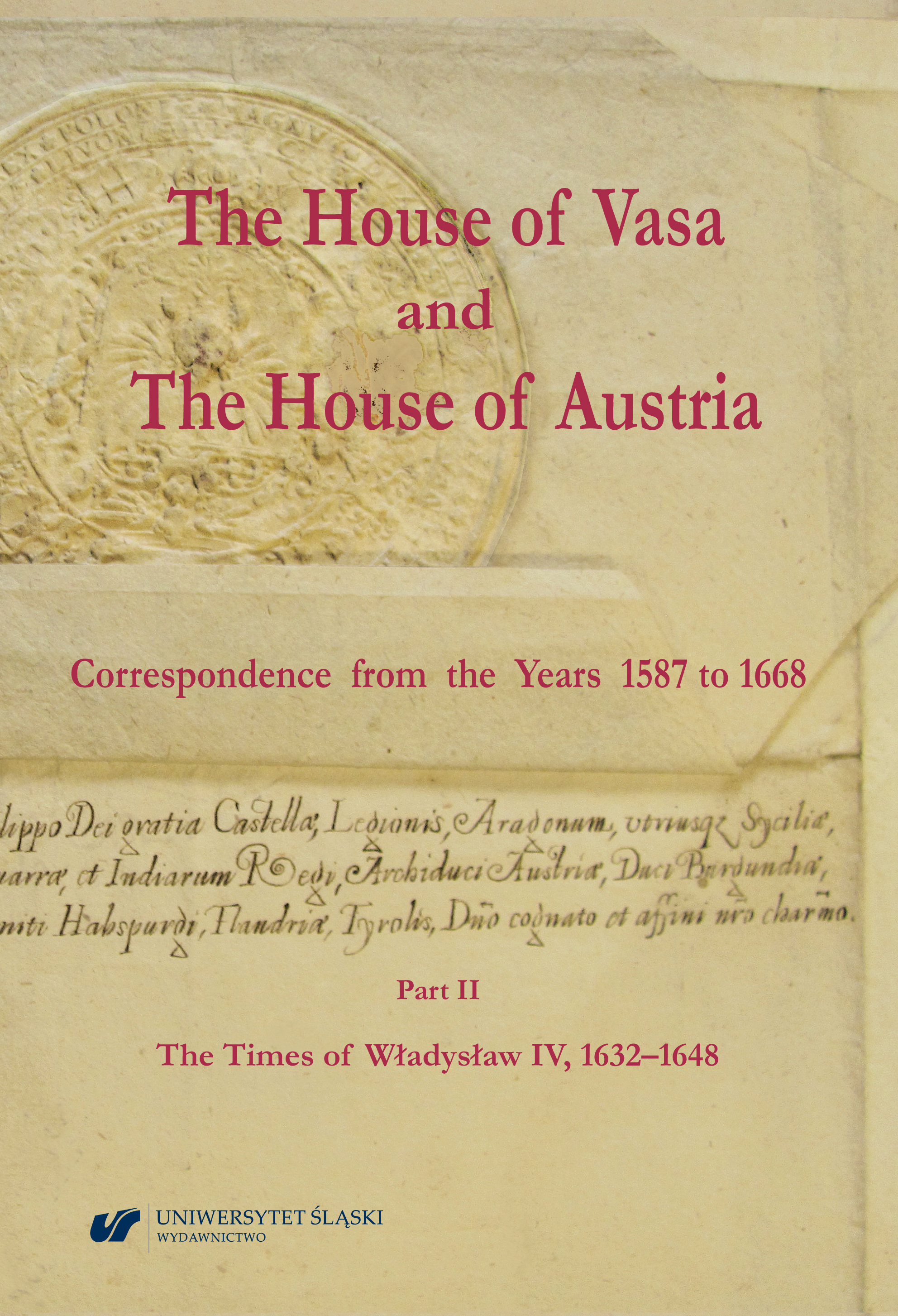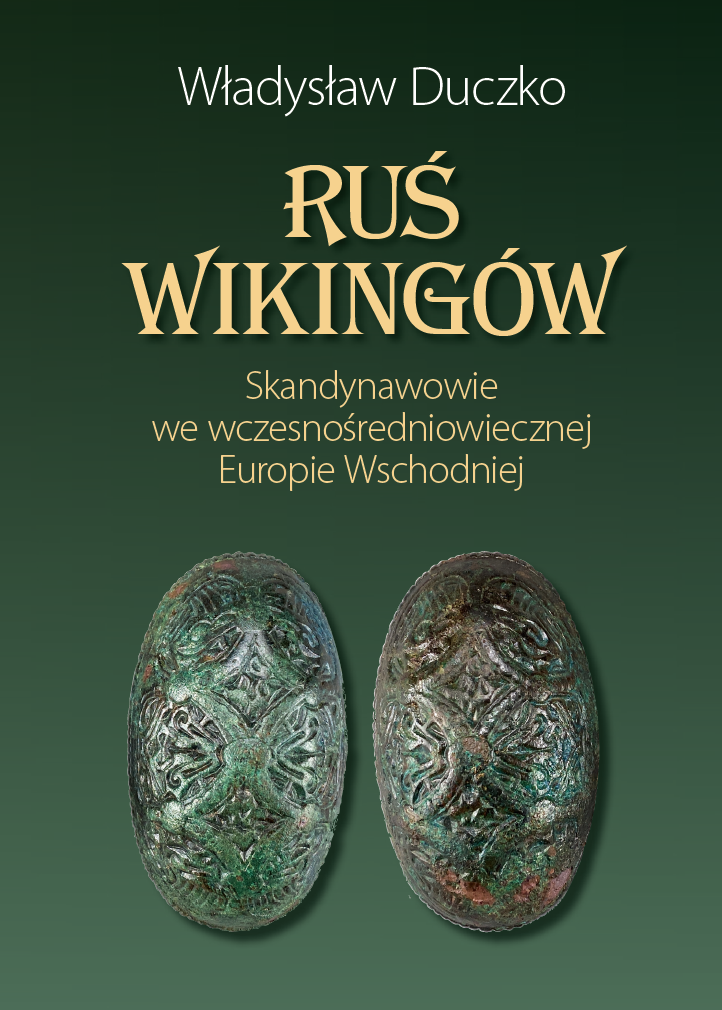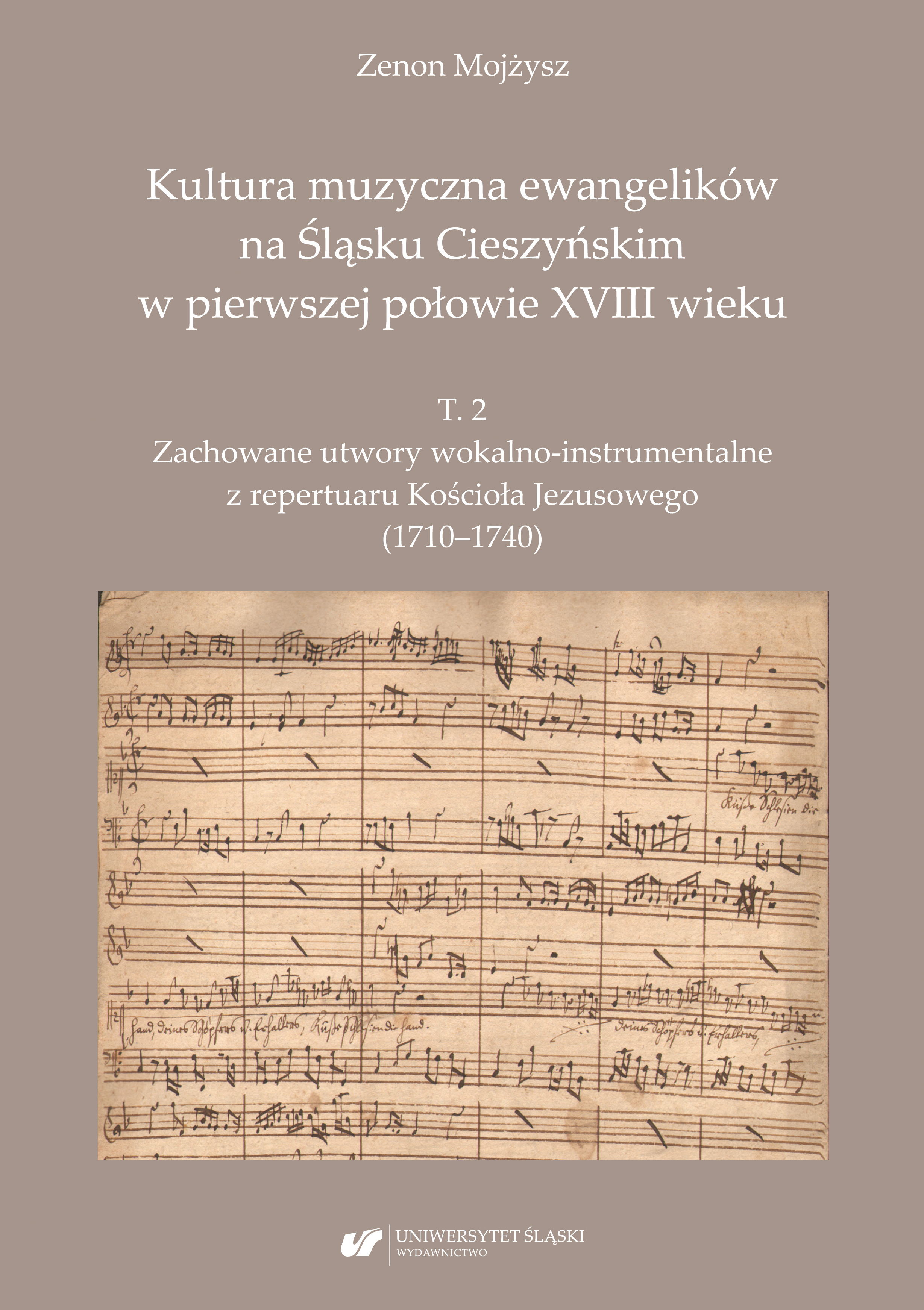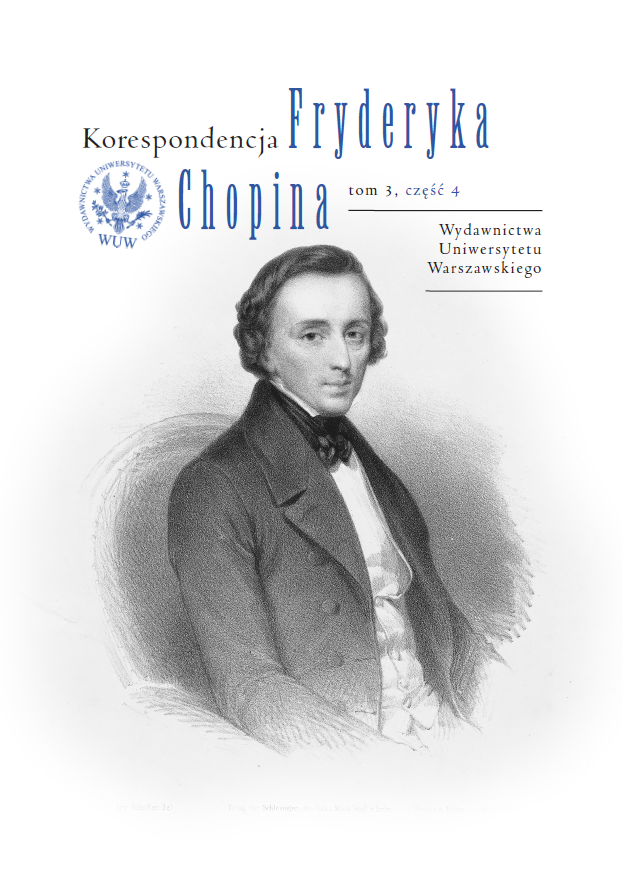Author(s): Valerián Bystrický / Language(s): Slovak
Celkový život slovenskej spoločnosti v minulom storočí rozhodujúcim spôsobom ovplyvnil zánik Rakúsko-Uhorskej monarchie, účasť slovenskej politickej reprezentácie na tvorbe nového štátneho útvaru a jej rozhodnutie vstúpiť do spoločnej Česko-Slovenskej republiky. Vznikli nové historické podmienky na uplatnenie národných, politických, hospodárskych, sociálnych a kultúrnych ambícii aké v minulosti neboli mysliteľné. Rovnako existovali mantinely vnútropolitického ale mimoriadne zahraničnopolitického charakteru, ktoré tento proces ovplyvňovali, determinovali a obmedzovali. Nebolo podstatné len to, že slovenský národ vstupoval do nového štátneho útvaru s historicky podmieneným spoločenským hendikepom vyplývajúceho z odlišných podmienok celkového predchádzajúceho spoločensko politického vývoja českých krajín, Slovenska a mimoriadne Podkarpatskej Rusi. Veľmi rýchlo sa objavili priamo nekompatibilné predstavy o štátoprávnom postavení Slovenska v republike a ďalšom budovaní spoločného štátu. Bolo priamo prirodzené, že rastúce národné ambície slovenského národa v podstatnej miere umožnené demokratickými podmienkami vývoja v novom štáte narážali na koncepčné predstavy českých elít jednoznačne uprednostňujúcich predovšetkým snahu vybudovať silný jednotný štát. Jeho základom mal byť jednotný etnicky československý národ aj vzhľadom k skutočnosti, že v štáte existovala silná etnická nemecká komunita. Problém integrácie Slovenska do nového štátu, stotožnenie sa slovenskej spoločnosti s republikou, primárna otázka vzťahu národa k štátu začali pomerne rýchle rezonovať po 28. októbri 1918, resp. po 30. októbri 1918. V plnej nahote sa vnášali do politických bojov a spôsobovali, že zápasy politických strán sprevádzala krvavá stopa nevraživosti ako jednoznačný symptóm len pomalého a postupného akceptovania demokratických zásad a demokratickej politickej kultúry v živote spoločnosti. Demokratický režim nového štátu, bez ohľadu na výhrady, resp. kritické pripomienky voči nemu zastihol slovenskú spoločnosť nepripravenú okamžite pochopiť jeho podstatu a zmysel, osvojiť si jeho princípy a len postupne a do určitej miery sa začal meniť prístup k novému politickému systému a jeho plnému rešpektovaniu. Konfrontačné prvky sa však výrazne vnášali aj do sociálnych zápasov, pričom snaha vyťažiť z nich politicky kapitál bola viac-menej evidentná. V tomto kontexte ani zápas o štátoprávne postavenie Slovenska v republike nebol výnimkou. Postupne však, ale jednoznačne v tridsiatych rokoch, dochádzalo k podstatným zmenám a vylúčeniu konfrontačných, krvavých stretnutí v politických a sociálnych zápasoch. Vplýval na to aj proces politického „dozrievania“ slovenského národa, keď rástlo národné povedomie a sebavedomie mimoriadne u mladej nastupujúcej inteligencie. Na druhej strane sa riešenie problému komplikovalo zložitým postavením nového štátu. V druhej polovici tridsiatych rokov sa začalo stupňovať bezprostredné ohrozenie samostatnosti a existencie republiky. Postupne sa dochádzalo k presvedčeniu, že nacistické Nemecko ohrozuje nielen samostatnosť ale priamo existenciu národov Československa. Ani v tomto období sa však nepodarilo odstrániť rozporuplné predstavy o štátoprávnom postavení Slovenska, ktoré rezonovali v slovenskej spoločnosti a ešte ostrejšie v kontaktoch medzi českými politickými elitami a jednotlivými politickými subjektmi na Slovensku. Bolo tomu tak napriek skutočnosti, že v spoločnosti všeobecne silnelo volanie po urovnaní vzájomných vzťahov ako predpokladu posilnenia odhodlania obyvateľstva brániť štát a vydobyté slobody po roku 1918. Predstavitelia politických strán na Slovensku sa nedokázali ani koncom tridsiatych rokov dohodnúť na formulovaní koncepčnej predstavy o mieste Slovenskej krajiny v štáte a už vôbec nie nejaký program spoločne obhajovať. Ich predstavy boli odlišné, rozdielne a protikladné, čo vyplývalo z ich politickej orientácie, ale mali jednu spoločnú ústrednú myšlienku, existujúce postavenie Slovenska v republike je neudržateľné; Slovensko potrebuje zmenu. Táto predstava rezonovala v celej slovenskej spoločnosti aj keď v rozdielnom rozsahu a v rozdielnych. konkrétnych predstavách Je symptomatické, ale v politických procesoch vývoja malého národa typické, že k zásadným rozhodujúcim vývojovým zmenám môže a dochádza v dôsledku kardinálnych prevratov na medzinárodnej scéne, v medzinárodných vzťahoch, veľmocenských presunoch, pod vplyvom agresie a pod. Nemožno pochybovať, že predstavy rôznych slovenských politických strán sa koncom tridsiatych rokov aj pod tlakom ohrozenia štátu a vyriešenia tohto problému ako posilnenia pozícii republiky približovali, hľadalo sa kompromisné, prijateľné riešenie. Je však nespochybniteľným faktom, že k zásadnému politicko mocenskému rozuzleniu tohto problému mohlo a došlo len pod tlakom zahraničnopolitického otrasu veľkého rozmeru. Diktát veľmocí v Mníchove a jeho vnútropolitické a zahraničnopolitické dôsledky umožnili, že sa mohla presadiť v danom momente maximalistická koncepcia riešenia slovenskej otázky vo forme federatívnej prestavby republiky. Je rovnako symptomatické, že následná zmena režimu smerovala jednoznačne k odbúraniu demokratického systému a budovania autoritatívneho režimu. Je ďalej príznačné, že Slovenský štát vznikol za situácie a podmienok, v rámci ktorých boli rozhodujúce zahraničnopolitické vplyvy a nie ambície politikov na Slovensku. Vybrané publikované štúdie chcú čiastočne prispieť k poznaniu týchto problémov, následkov a dôsledkov pre život spoločnosti a jej ďalšie politické smerovanie. Pritom je primárne koncentrovanie na politické rozmery týchto problémov s cieľom súčasne prispieť k poznaniu ako sa chcela republika brániť proti nacistickej agresii. Súčasne publikované, a v jednom prípade nepublikovaná štúdia o organizácii bezpečnosti na Balkáne, ukazujú ako chápali a riešili problémy bezpečnosti spojenci Československa v Malej dohode, resp. aké predstavy sa v podunajských štátoch prezentovali v oblasti integrácie a organizácie bezpečnosti. Spájanie problematiky všeobecných a národných dejín dáva príležitosť na podrobnejšie objasnenie toho ako reagovala slovenská spoločnosť na Mníchovskú dohodu, ale aj umožňuje naznačiť ako došlo a prečo došlo k mníchovskému diktátu z 29. septembra 1938. Prirodzene v niektorých štúdiách sa opakujú syntetickým spôsobom všeobecné úvahy, bez ktorých však by nebolo možné písať o konkrétnych ale aj teoretických predstavách a činnosti E. Beneša, M. Hodžu, J. Tisa. Priložené dokumenty považujeme za dôležité pri poznaní a hodnotení postoja E. Beneša k slovenskej otázke, ale aj jeho prístupu k publikovaniu dokumentov a následnému utváraniu jeho politického imidžu. Dokazuje to aj uverejnenie dokumentov, v spolupráci s Mgr. Barbarou Píseckou, o dohode slovenských , resp. politických strán zo Slovenska v Žiline 6. októbra 1938 a postojoch prezidenta a vlády k týmto otázkam. Vedecké štúdie sa publikujú v pôvodnom rozsahu. Viaceré z nich vyšli v zahraničí. Ich pôvodný zmysel smeroval k predneseniu daných problémov na zahraničných, resp. medzinárodných konferenciách a následne bol transformovaný na podmienky vedecky publikovaných prác predpokladu posilnenia odhodlania obyvateľstva brániť štát a vydobyté slobody po roku 1918. Predstavitelia politických strán na Slovensku sa nedokázali ani koncom tridsiatych rokov dohodnúť na formulovaní koncepčnej predstavy o mieste Slovenskej krajiny v štáte a už vôbec nie nejaký program spoločne obhajovať. Ich predstavy boli odlišné, rozdielne a protikladné, čo vyplývalo z ich politickej orientácie, ale mali jednu spoločnú ústrednú myšlienku, existujúce postavenie Slovenska v republike je neudržateľné; Slovensko potrebuje zmenu. Táto predstava rezonovala v celej slovenskej spoločnosti aj keď v rozdielnom rozsahu a v rozdielnych. konkrétnych predstavách Je symptomatické, ale v politických procesoch vývoja malého národa typické, že k zásadným rozhodujúcim vývojovým zmenám môže a dochádza v dôsledku kardinálnych prevratov na medzinárodnej scéne, v medzinárodných vzťahoch, veľmocenských presunoch, pod vplyvom agresie a pod. Nemožno pochybovať, že predstavy rôznych slovenských politických strán sa koncom tridsiatych rokov aj pod tlakom ohrozenia štátu a vyriešenia tohto problému ako posilnenia pozícii republiky približovali, hľadalo sa kompromisné, prijateľné riešenie. Je však nespochybniteľným faktom, že k zásadnému politicko mocenskému rozuzleniu tohto problému mohlo a došlo len pod tlakom zahraničnopolitického otrasu veľkého rozmeru. Diktát veľmocí v Mníchove a jeho vnútropolitické a zahraničnopolitické dôsledky umožnili, že sa mohla presadiť v danom momente maximalistická koncepcia riešenia slovenskej otázky vo forme federatívnej prestavby republiky. Je rovnako symptomatické, že následná zmena režimu smerovala jednoznačne k odbúraniu demokratického systému a budovania autoritatívneho režimu. Je ďalej prí- značné, že Slovenský štát vznikol za situácie a podmienok, v rámci ktorých boli rozhodujúce zahraničnopolitické vplyvy a nie ambície politikov na Slovensku. Vybrané publikované štúdie chcú čiastočne prispieť k poznaniu týchto problémov, následkov a dôsledkov pre život spoločnosti a jej ďalšie politické smerovanie. Pritom je primárne koncentrovanie na politické rozmery týchto problémov s cieľom súčasne prispieť k poznaniu ako sa chcela republika brániť proti nacistickej agresii. Súčasne publikované, a v jednom prípade nepublikovaná štúdia o organizácii bezpečnosti na Balkáne, ukazujú ako chápali a riešili problémy bezpečnosti spojenci Československa v Malej dohode, resp. aké predstavy sa v podunajských štátoch prezentovali v oblasti integrácie a organizácie bezpečnosti. Spájanie problematiky všeobecných a národných dejín dáva príležitosť na podrobnejšie objasnenie toho ako reagovala slovenská spoločnosť na Mníchovskú dohodu, ale aj umožňuje naznačiť ako došlo a prečo došlo k mníchovskému diktátu z 29. septembra 1938. Prirodzene v niektorých štúdiách sa opakujú syntetickým spôsobom všeobecné úvahy, bez ktorých však by nebolo možné písať o konkrétnych ale aj teoretických predstavách a činnosti E. Beneša, M. Hodžu, J. Tisa. Priložené dokumenty považujeme za dôležité pri poznaní a hodnotení postoja E. Beneša k slovenskej otázke, ale aj jeho prístupu k publikovaniu dokumentov a následnému utváraniu jeho politického imidžu. Dokazuje to aj uverejnenie dokumentov, v spolupráci s Mgr. Barbarou Píseckou, o dohode slovenských , resp. politických strán zo Slovenska v Žiline 6. októbra 1938 a postojoch prezidenta a vlády k týmto otázkam. Vedecké štúdie sa publikujú v pôvodnom rozsahu. Viaceré z nich vyšli v zahraničí. Ich pôvodný zmysel smeroval k predneseniu daných problémov na zahraničných, resp. medzinárodných konferenciách a následne bol transformovaný na podmienky vedecky publikovaných prác.
More...
